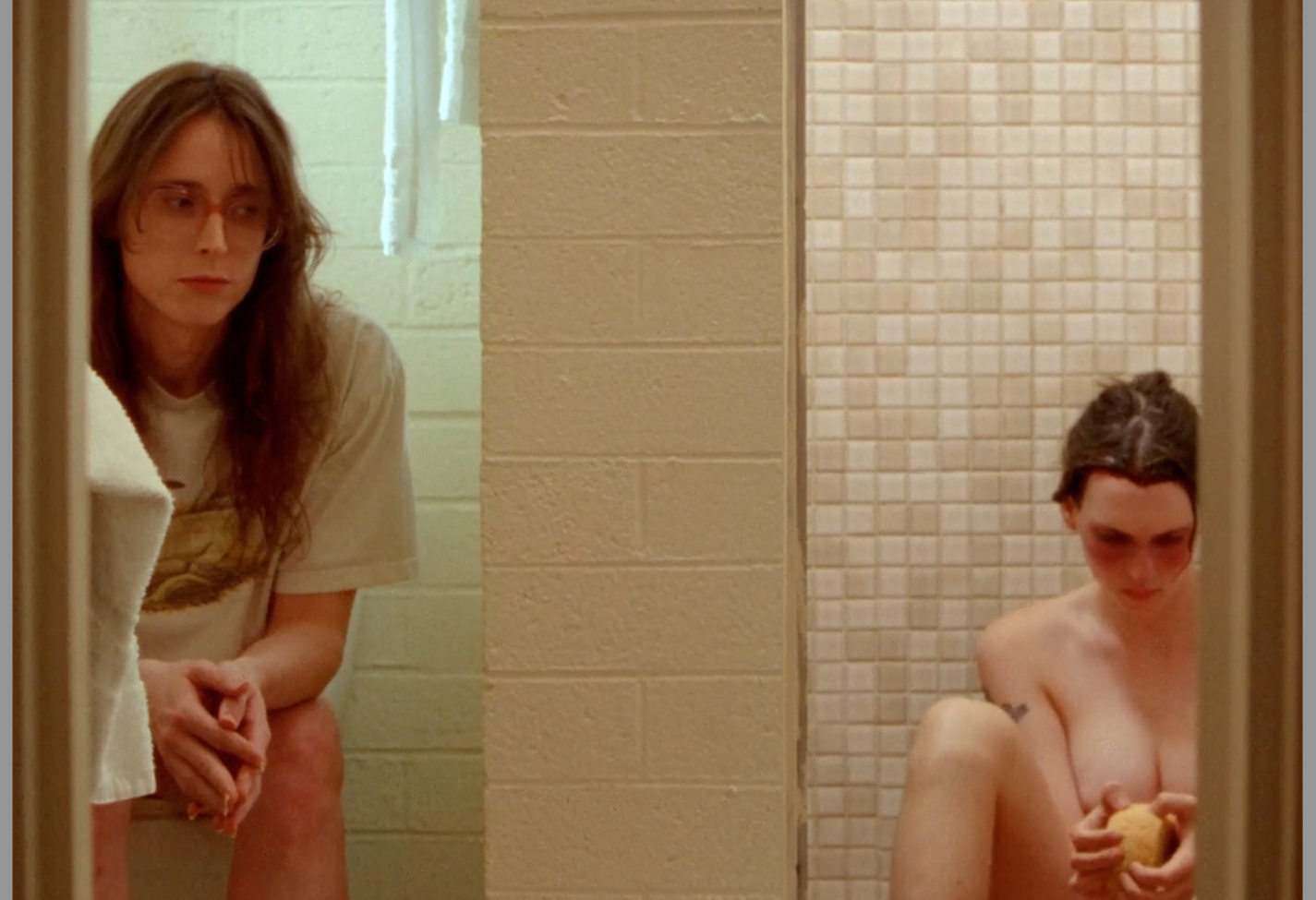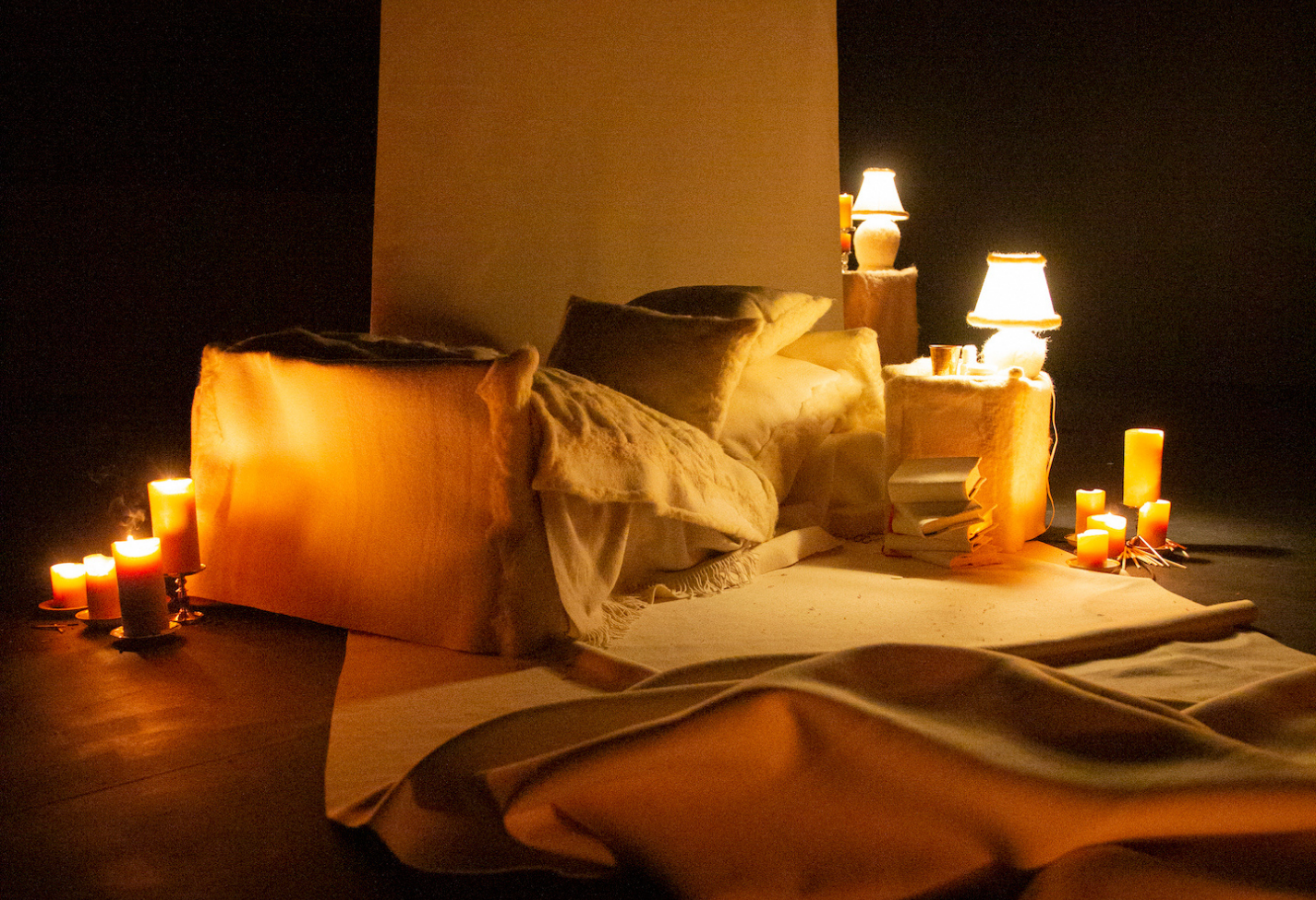Holly Fisher on Sean Sarmiento
Sarmiento discovers that home is not a static setting, but a collection of experiences that culminate to form one’s relationship to self and their environment.
Chelsea Behle Fralick on Francisco Eme
In Eme’s work, family memory is an intimate and paradoxical creation of the individual mind.
Justin Duyao on C Fodoreanu
“Ode to Lake Scalaia” captures the artist’s intense fascination with stories, legends, and place, long before he ever became an artist.
Anira Abreu on Mayce Keeler
Keeler paints a cast of characters accompanied by their moral dilemmas.
Adrian-Dre Diaz on JAX
Positioned as a reclamation of self and history, JAX’s artistic practice transforms hair into a dynamic medium that celebrates the rich, textured lineage of Blackness.
Lara Bullock on Joe Yorty
In Yorty’s work, we encounter the freedom offered up by a “queer space” that exists in the present and that allows us to move past fixed notions.
Dillon Chapman on Hazel Katz
This narrative short is nothing less than a revolutionary handling of trans representation.
Justin Duyao on Marinta Skupin
Skupin’s collection of paintings, drawings, and works on paper mourns the ongoing destruction of the planet, at the same time that it paves the way for a new way of understanding environmental crises.
Elizabeth Rooklidge on Maria Mathioudakis
Mathioudakis’s work engages the history of gynecology to embody the conflicted character of the speculum.
Dillon Chapman on Arlene Mejorado, Part 2
Mejorado is a director, and the photographs in her new series read like stills from various scenes in a film. And, like a truly beloved film, you’ll want to look at these photographs over and over again.
Dillon Chapman on Nathan Storey
Storey’s archive is organic, accumulative, and about searching. Searching for something unknown (and possibly unknowable) that has been lost.
beck haberstroh on Victor Castañeda H
Victor Castañeda H’s Ayyy Hermanas is a virtual reality hospital-night club. Let’s take a tour.
Tiffany Wai-Ying Beres on Huai Li
Li is an artist whose playful and fiercely optimistic work questions geographic and cultural boundaries and defines identity on her own terms.
Justin Duyao on Tatiana Ortiz-Rubio
An essay on self-criticism, human complexity, and Tatiana Ortiz-Rubio’s moving exhibition, Light Cones, on view at the Athenaeum Music & Arts Library.
Elizabeth Rooklidge on Maya Gurantz
Conceived as a “sanity ritual” in March 2020, Gurantz’s project, The Plague Archives, documents how thoroughly pandemics have been intertwined with human history.
Asa Mendelsohn on Dillon Chapman
With her rephotographs, Chapman is building an index of looking that intercepts historical, queer relationships between artist and model.
Lauren Siry on Cesar and Lois
Cesar and Lois create living sculptures with technological components as part of a broader exploration of power dynamics in nature and human society.
Dillon Chapman on Maria Antonia Eguiarte Souza
In her new installation and performance, Maria Antonia Eguiarte Souza practices self-care as a way to connect with histories of queer and feminist spirituality and subversion.
Dillon Chapman on beck haberstroh
Fixing their own biochemical signature in an image, haberstroh speaks about the nature of our bodies' relationship to photographs while refusing representation.
Jordan Karney Chaim on Katie Ruiz
Ruiz's practice engages in silent intergenerational conversations about ancestry, pride, and the invisible work of women as caretakers of both people and traditions.




















